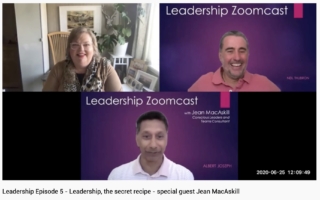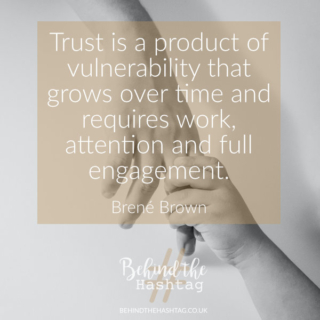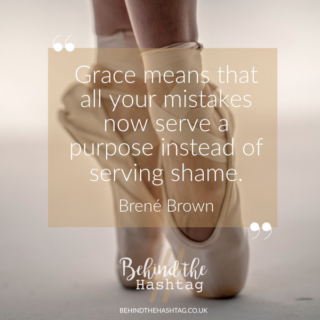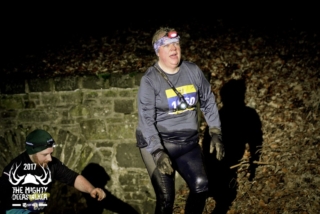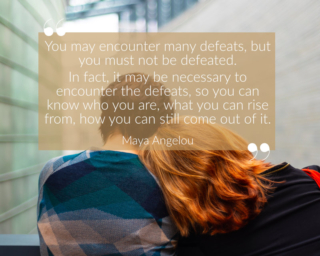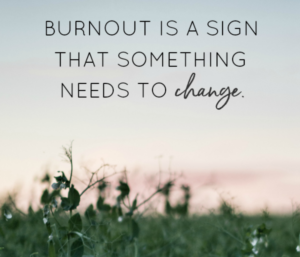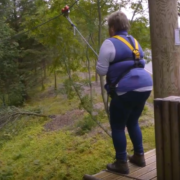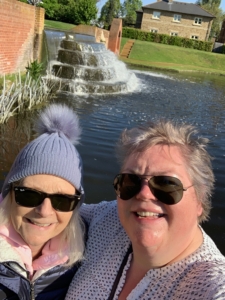In June 2019, I started reading the “Get Your Sh*t Together” book by Sarah Knight, I finished it in December 2019. Six months it took me to complete that book. Six months! If I’m going to sit and do some writing for ‘Behind The Hashtag’, I prefer a “particular” environment and to have a long list of chores completed before I settle down to it. When lockdown came along with the pandemic, and I was no longer travelling – I was still struggling to “find time” to do daily workouts. Procrastination anyone?
When I wrote the article on finding my mojo, it was heartwarming to have so many people reach out to me with the cries of “me too”. So I got curious. What is procrastination all about? It just doesn’t seem logical. I found a beneficial article which really reframed the whole conversation for me and I wanted to share it – Why You Procrastinate (It Has Nothing to Do With Self-Control)
First of all, let me assure my fellow procrastinators that you are not LAZY. “Procrastination is an emotion regulation problem, not a time management problem” was the quote which caught my attention first. Even though it often makes no sense putting off a task – particularly when the long term impact can be very negative, or having to deal with the extra stress incurred by putting it off to the last minute. Apparently though, the short term relief that we get is enough for our brain to give in!
From a neuroscience perspective, we’re not wired to think beyond the immediate – it’s what’s known as an “amygdala hijack”. I’ve heard of the “amygdala hijack”, but I’ve NEVER associated it with procrastination. Turns out that what we’re avoiding is some negative feeling – fear of not having anything interesting to write, anxiety about a workout being too tough, or simply not wanting to be bored wading through a tax return or spreadsheet!
The “respite” from the negative feeling can be short-lived. We may later start beating ourselves up about the procrastination, and it all becomes this very strange cycle, and feels to me like that “amygdala hijack” is making us our own worst enemy? How do we break the cycle?
Making a “bigger better offer” to our brain is the key apparently! The outcome or longer-term benefit of doing the thing we’re avoiding needs to be amped up. Instead of seeing it as ‘post-workout pain’, focus more on ‘getting fitter will help me fight illness if I catch Covid-19’ – a very topical and real benefit right now. A very important wingman to the “bigger better offer” is self-compassion, especially if we’re procrastinating because of anxiety associated with not being good enough.
There is no easy answer to this – that’s why time management books are a multi-million pound business. When I go back to the book that took me waaaaaay too long to read Get Your Sh*t Together the “bigger better offer” here is getting clear on all the things I WANT to do but don’t seem to be able to make time.
As the schools get ready to go back and some kind of routine emerges again, maybe this is a great time to tackle procrastination head-on … wish me luck as I take on my “amygdala”.

